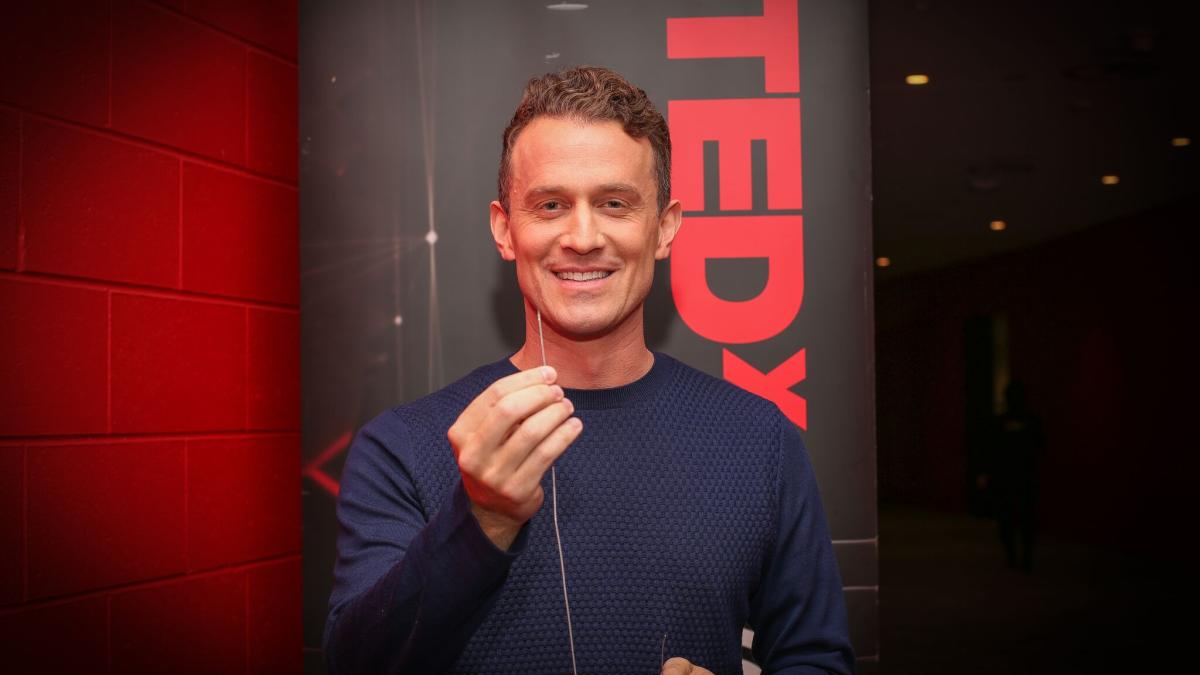
TEDxSydney is happening at the moment – a gigantic platform for incredible speakers to take the stage and absolutely stun crowds with the possibilities of the human brain. TED, standing for Technology, Entertainment, and Design covers a huge amount of topics spanning from the arts to engineering.
This year, though there was no edgy Adam Driver delivering a talk, there was an Aussie Neurosurgeon by the name of Dr Thomas Oxley, an attending physician in the Neurosurgery department and Director of Innovation Strategy at Mount Sinai Hospital in New York City and the Head of Vascular Bionics Laboratory at the University of Melbourne.
Basically, Dr Oxley was off in America when he came across the Defence Advanced Research Projects Agency (DARPA).
Dr Oxley met Colonel Geoffrey Ling, a leading neurologist, and shared his extremely innovative idea. Long story short, Dr Oxley was granted a million big ones to make this idea happen so Doc headed across America in search of the Dream Team to help him.
The idea in question? The Stentrode Device – a system that can record brain activity from the brain without having to conduct open brain surgery. To be more specific, the system records brain signals from within blood vessels and then this activity is fed through, decoded, and passed wirelesly through the skin. In other words, the system allows you to control an external device through the power of thought.
The actual device is about the size of a teeny tiny matchstick and implanted into the blood vessel right by the motor cortex AKA our control centre.
As much as we wanna toot our own horn and say this is a solely Aussie achievement, we can’t because this is the joint efforts of 39 outstanding minds from around the world plus a couple more million dollars from government organisations. Members include Terry O’Brien, David Grayden, and Tony Burke – those who worked on the bionic eye.
With research completed in 2016, Stentrode technology is currently under review with the first human trials set for later this year. These trials will include patients with tetraplegia (also known as quadriplegia) from spinal cord injury. Stroke and ASL patients will also be included in the trial.
With its origins at the DARPA, many hope the technology will also aid wounded veterans by giving them the power to control their prosthetic limbs through thought.
You can learn more about the Stentrode Device below:







